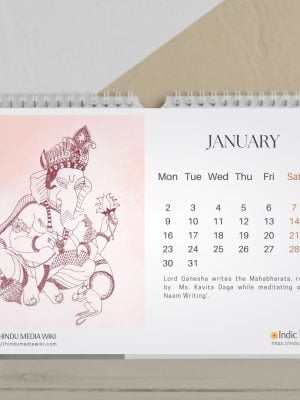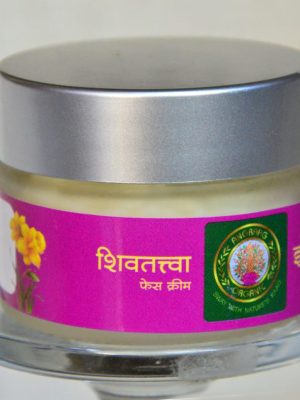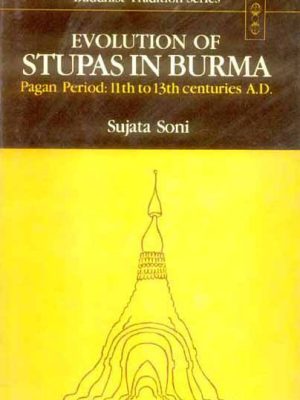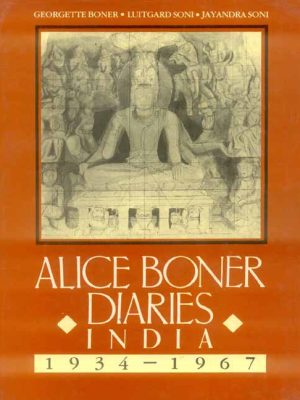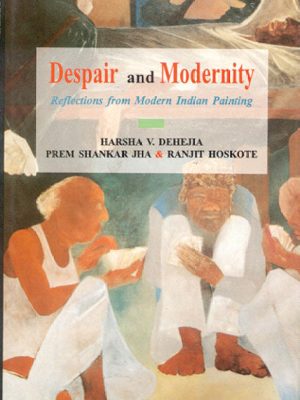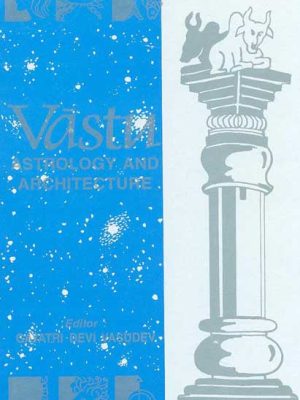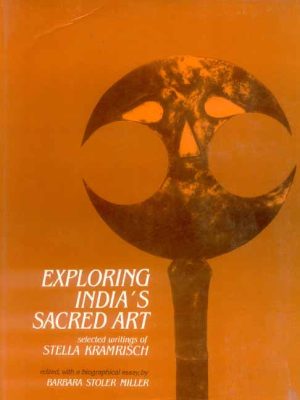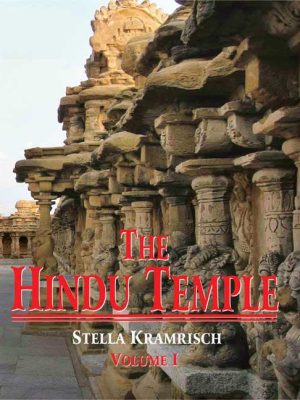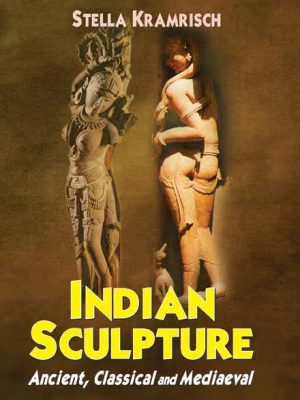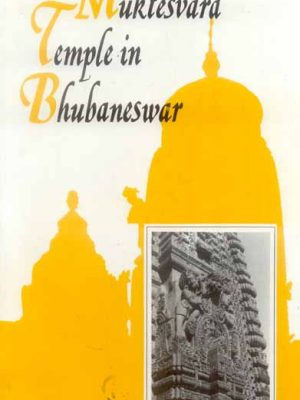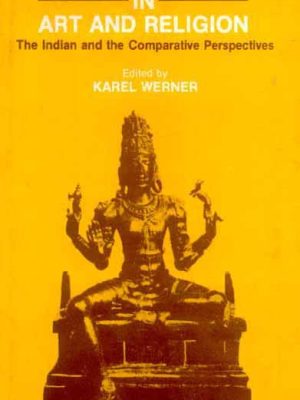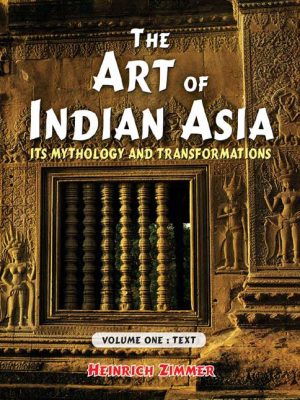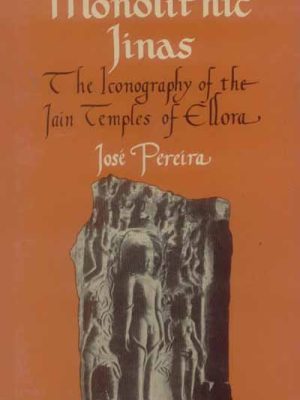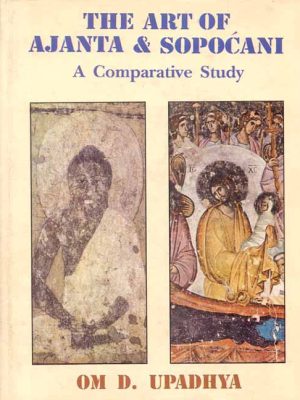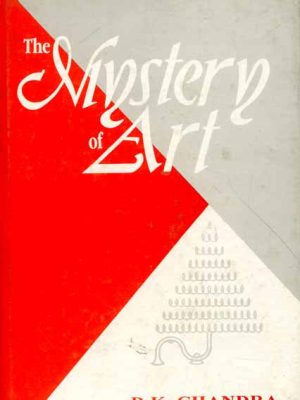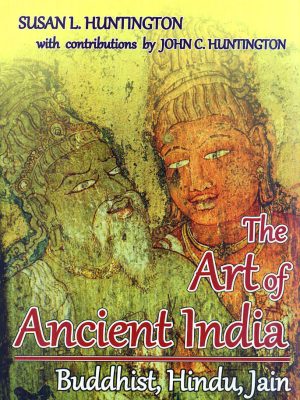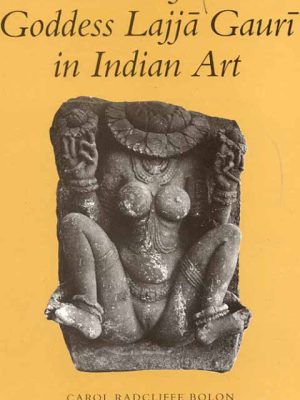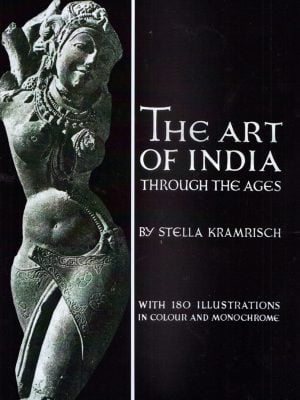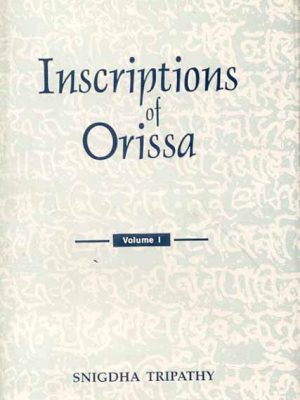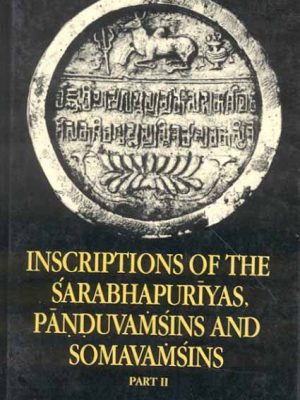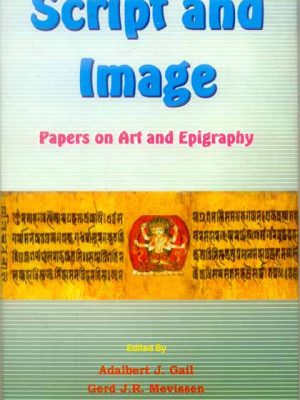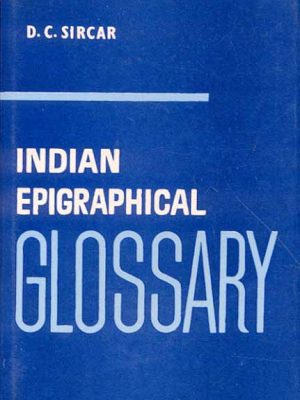Shop
Best Seller Items
-
Divya Shree Musli X Power Oil Ling Booster oil, Penis Enhancement, (साइज बढ़ाने का तेल), ling mota krne wala ayurvedic oil by Jeevan Care Ayurveda
- Enhances Male Energy
- Increases Blood Flow to the Penis
- Helps to Increase Penis Size and Girth
- Battles Stress, Fatigue, and Sexual Dysfunction
- Improves Overall Sexual Performance
- Boosts Libido
- Improves Sperm Count and Fertility
- Reduces Anxiety and Depression
- Enhances Sexual Pleasure
- Increases Stamina and Performance
₹899.00₹999.00 -
2023 Hindu Deity Desk Calendar
“Raam Raam for every day of the year! Our 2023 calendar featuring Hindu deities is here to bring peace and blessings to your home. #Hinduism #calendar #2023”
[ABOUT THE THEME ]: 2023 Desk Calendar with Sketches of Hindu Deity for each month. All the artwork is created using Raam Naam Writing. Would look up great on your desk. And a gift that can be given.
[MATERIAL]: 12 months desk calendar format (Jan 2023 – Dec 2023) | Metal Wiro
[PAPER QUALITY]: 350 GSM laminated paper with matte finish & 8.5” x 5.5″ (artwork size) | Imported paper provides a shiny lustrous surface and protects from moisture and water splashes
[ABOUT THE CALENDAR]: Calendar designed to brighten your workspace, with 12 months of illustrated artwork. A self-inspiring themed calendar, infused with botanical illustrations, is a great addition to your desk. A perfect companion for your 2023. The pages are wire-bound in a glistening golden color and a stand makes it easy to prop up at work or at home. 12 months desk calendar format
[WHY BUY OUR CALENDAR]: Powerful illustrations to help you stay positive and motivated | Sleek and compact calendar to add pop of color to your desk | Unique and original illustration
[GREAT CHOICE FOR GIFTING]: Our calendars are unique, thoughtful, original, cute, and pretty. Makes an ideal choice for gifting.
₹299.00₹350.002023 Hindu Deity Desk Calendar
₹299.00₹350.00 -
Lehenga choli for navratri
NEW DESIGNER PRINTED LAHENGA CHOLI❤️
Featuring printed lehenga choli in heavy Butter silk . Quality is worth paying👌
# FABRIC DETAILS
# LEHENGA : HEAVY BUTTER SILK WITH DIGITAL PRINT & * 4 MTR FLAIR *FULLY STITCH * WITH *REAL MIRROR WORK*
# INNER : SILK
# CHOLI : SOFT BUTTER SILK (1.20 MTR FABRIC)
# DUPATTA : HEAVY BUTTER SILK WITH DIGITAL PRINT & FANCY LACE# FREE SIZE FULLY STITCHED LAHENGA WITH UN STITCH 1.20 MTR BLOUSE ; LAHENGA LENGTH IS 44 INCHES ;
₹1,400.00Lehenga choli for navratri
₹1,400.00 -
Raktabh Heena 200 gm
100% heena based colorant, that conditions hair, strengthens roots and soothes the scalp.
₹220.00₹275.00Raktabh Heena 200 gm
₹220.00₹275.00 -
Shuchi Face Cream
Brightening day cream for oily skin Shuchi cream is an amazing morning cream, which gives your face a fresh look along with solving problems of the skin. It improves the texture of your skin. It suits all types of skin of all ages. It gives good results on oily skin as well.
₹960.00₹1,200.00Shuchi Face Cream
₹960.00₹1,200.00 -
Shiva-Tatwa Face Cream
Shivtatwa cream extra nourishing night cream hai ye fine lines , blemishes ko remove karati hai aur brightening day cream for oily skin aapaki skin ko flawless and bright banati hai ye har skin type and age ke liye hai. Dry skin ke liye best hai
₹960.00₹1,200.00Shiva-Tatwa Face Cream
₹960.00₹1,200.00
-
Evolution of Stupas in Burma: Pagan Period: 11th to 13th Centuries A.D.)
Evolution of Stupas in Burma: Pagan Period: 11th to 13th Centuries A.D.)
This work is the outcome of painstaking research on the evolution of stupas in Burma, Pagan Period, 11th to 13th centuries a.d. Burma known as the land of pagodas is nowhere so rich in the number of pagodas as in Pagan. The stupendous vastness of the ruins reminiscent of the glory that was of Pagan
in its heyday inspired this study. The evolution traced back to the beginning of the stupa structure in India, deals with the various architectural phases (duly illustrated) it passed through ending with the final stage in the Rhwedagum Pagoda in Rangoon (Burma). Apart from the material side of the study, there is the need of looking into the aesthetic and spiritual side of the evolution. That religious architecture is a barometer of the material prosperity and social outlook of the people,
besides being the handmaid of the spiritual aspirations of the devotees, is amply discernible in this study.
The value of the art survey in this work is further enhanced by the inclusion of over 138 photographs. Moreover, besides the magnificent Pagan art, it gives a comparative view of the religious architectual development in the Asian countries contemporaneous with the Pagan Period.
₹595.00 -
Alice Boner Diaries: India 1934-1967
Alice Boner Diaries: India 1934-1967
Apart from an insight into Alice Boner’s keen observation of Indian temple-architecture and art the present selection of her diary entries also depict the struggles of Alice Boner, the artist. In her work she strove to represent the spirit of India which her intensive experiences of over 40 years in the country revealed to her. Her experiences also included contact with personalities of the calibre of Rabindranath Tagore, Swami Laxman Joo, Sarojini Naidu, Ustad Alauddin Khan, and her admiration of Mahatma Gandhi. As a remarkable diarist Alice Boner puts her thoughts to pen in an elegant, eminently readable style. The reader feels with her the thrill and awe at the ancient monumental sights all over India, reads about her vision of the principles of sacred art, and shares with her the inner conflict of one torn between the two worlds of Europe and India. Over and over again this unique woman, with roots in the European culture, expresses her deep attachment to India. Most of the diary entries are in German and English and these have been retained for the sake of the originality of her fine expression, interspeersed with a selection of sketches from her vast repertoire. In addition, the German portions have been translated here for the benefit of English readers.
₹995.00 -
Despair and Modernity: Reflections from Modern Indian Painting
Despair and Modernity: Reflections from Modern Indian Painting
Dehejia has tried to create a place within the main frame of culture and philosophy of Indian art for a legitimate analytic theory called despair. Dehejia’s effort creates a space for the modern within Indian classicism by negotiating the philosophy of despair in classical terms. As a result the basic schism that has grown in recent years between the philosophy and history of modern art on the one hand and the philosophy and history of traditional arts is today cloder to being breached
₹295.00 -
Vastu: Astrology and Architecture: (Papers presented at the First All India Symposium on Vastu, bangalore, held on June 3-4, 1995)
Vastu: Astrology and Architecture: (Papers presented at the First All India Symposium on Vastu, bangalore, held on June 3-4, 1995)
Vastu Sastra an important limb of Jyotisa or astrology is an ancient science and study of architecture and engineering.
The present volume is an outcome of a symposium on Vastu. One of the goals of the symposium was to revive the lost glory of Vastu and show its relevance to modern times. The book covers different aspects of construction from planning to execution. It underline the role of Jyotisa astrology in Vastu principles.
The book will stimulate greater interest in ancient Vastu principles amongst modern architects and enginers and present them a new perspective which will raise their creativity to new untouched heights.
The book has been divided into three broad sections covering different aspects of Vastu Silpa-I. Vastu and its Relevance to Modern Times; II. Vastu and Jyotisa; and III. Vastu and Temple Architecture comprising thirty-three articles in all. Their contributors represent a range of viewpoints on Vastu principles. All write with intelligence and insight keeping in view its relevance with modern times needs of architecture and engineering.
₹545.00 -
Exploring India’s Sacred Art: Selected Writings of Stella Kramrisch Ed. & with a biographical Essay
Exploring India’s Sacred Art: Selected Writings of Stella Kramrisch Ed. & with a biographical Essay
Exploring India’s Sacred Art presents a selection of Stella Kramrisch’s influential essays, along with a biographical essay. The writings collected here emphasize the cultural and symbolic values of Indian art. The first section discusses the social and religious contexts of art. This is followed by essays on various forms of ritual art. The section entitled “The Subtle Body” is derived from her term for the form that underlies concrete shapes; it includes studies of literary and visual symbolism. Further essays concentrate on formal and technical aspects of temple structure and painting in the context of their symbolic meaning. Over 150 illustrations, many of them prepared especially for this volume, provide a vital visual dimension to her writings. Also included is Joseph Dye’s comprehensive bibliography of her works. Exploring India’s Sacred Art testifies to the life and work of one of this century’s greatest art scholars and provides an unparalleled source of insight into Indian art and culture.
₹1,495.00 -
The Hindu Temple (2 Vols.)
The Hindu Temple (2 Vols.)
The Hindu Temple is the sum total of architectural rites performed on the basis of its myth. The myth covers the ground and is the plan on which the structure is raised. It explains in detail the religious and spiritual significance of the temple b4y means of copious references to Sanskrit texts„both sacred and scientific. It depicts the Hindu Temple as not merely a heap of brick, stone or wood but a visible symbol of aspirations of pious men and women, the throbbings of their hearts in religious fervor and their endeavor for the attainment of salvation. The first four parts of this volume are devoted to the philosophy of temple architecture. Part V deals with the origin and development of the temple from the Vedic fire altars to the latest forms. Part VI discusses the pyramidal and curvilinear superstructures in the main varieties of the _ikhara, the
_ikhara enmeshed in Gavaksas and the composite _ikhara. Part VII described the proportional measurements and the rhythmic disposition of the garbha-grha and the vertical section. It discusses the proportions of the Mandapa and the types of temples described in the ancient sanskrit texts like the Brhatasmhita and the Samarnganasutradhara.
This most comprehensive and authoritative treatise of ancient Indian Temple Architecture will prove of immense help to the students of ancient Indian culture.
This two-volume work explains in detail the religious and spiritual significance of the temple by means of copious references to Sanskrit texts–both sacred and scientific. It depicts the Hindu Temple as not merely a heap of brick, stone or wood but a visible symbol of aspirations of pious men and women, the throbbings of their hearts in religious fervor and their endeavor for the attainment of salvation.
The first four parts of the work are devoted to the philosophy of temple architecture. Part V deals with the origin and development of the temple from the Vedic fire altars to the latest forms. Part VI discusses the pyramidal and curvilinear superstructures in the main varieties of the Sikhara, the Sikhara enmeshed in Gavaksas and the composite Sikhara. Part VII describes the proportional measurements and the rhythmic disposition of the garbha-grha and the vertical section. It discusses the proportions of the Mandapa and the types of temples described in ancient Sanskrit texts like the Brhatsamhita and the Samaranganasutradhara.
This most comprehensive and authoritative treatise of ancient Indian Temple Architecture will prove of immense help to the students of ancient Indian culture.
Contents (Vol. 1)
PART I: The Site, Part II: The Plan, Part III: Plan and Supernal Man, Part IV: The Substances of which the temple is built, Names and Origins of the Temple, Part VI. The Superstructure, Part VII: Proportionate Measurement and Varieties of the Temple (Volume 2) Part VIII: The Images of the Temple, Explanation of Plates, Appendix, Sources, Index, Plates I-IXXX.
₹4,000.00The Hindu Temple (2 Vols.)
₹4,000.00 -
Indian Sculpture: Ancient, Classical and Mediaeval
Indian Sculpture: Ancient, Classical and Mediaeval
Anyone with an understanding of art in general and a knowledge, however slight, of Indian things, will, on being shown a work of Indian sculpture, unfailingly label it Indian. Differences in age and origin, however clearly marked to the discerning eye, when pointed out to the outsider, will be apprehended only with more or less difficulty. There is something so strong, and at the same time unique, in any Indian work of art that its ‘Indianness’ is felt first of all, and what it is, is seen only on second thought.
How this Indianness is expressed in terms of relation between line, surface, volume and other elements of visulisation is dealt with in this book. There are permanent qualities throughout the fabric of Indian sculpture which are discussed in detail. These essential qualities, all inter-related and inseparable, contain within their compass the life of Indian plastic art.
The book surveys the structure of Indian sculpture in its relevant aspects. The underlying and essential qualities are viewed in their permanency throughout the special conditions that the single monuments imply. Their outward connections, geographical and chronological, are seen to resolve themselves into ethical problems and those of the artistic process itself.
While stylistical investigations are the basis of this book, Indian sculpture is dealt with as conditioned by the Indian craftsman. His consciousness makes him known to himself as a part of nature and his work is the form of this ‘naturalism’. Its degree and aspects vary according to the levels of his consciousness.
₹800.00 -
The Muktesvara Temple in Bhubaneswar
The Muktesvara Temple in Bhubaneswar
The Muktesvara Temple in Bhubaneswar
About the Author(s)
WALTER SMITH
₹950.00 -
Symbols in Art and Religion: The Indian and the Comparative Perspective
Symbols in Art and Religion: The Indian and the Comparative Perspective
Symbols in Art and Religion: The Indian and the Comparative Perspective
About the Author(s)
KAREL WERNER
₹545.00 -
The Art of Indian Asia, 2 Vols.: Its Mythology and Transformation: Volume One: Text, Volume Two: Plates
The Art of Indian Asia, 2 Vols.: Its Mythology and Transformation: Volume One: Text, Volume Two: Plates
The present work is intended not as a handbook but as an introduction to its subject, to be read from beginning to end. Each section is preparation for the next. Chapter I, presenting as it does a brief historical outline of the transformations of Indian art as well as a key to the symbology of the forms, can be used as a guide during the first perusal of the pictures. For the reader then wishing to find quickly the several portions of text referring to any spefific group of monuments, a copious index has been supplied, together with textual references in the Description of Plates and cross-references in the footnotes. Marginal references to the Plates, furthermore, accompany the text. These should make possible an easy and rapid correlation of the materials of the two volumes.
The first two groups of Plates in the text volume illustrate, for the most part, the anthropological and comparative observations of the text. Included among them, however, are a few photographs that are indispensable to Dr. Zimmer’s argument but do not meet the aesthetic standard of the Plates volume. On the other hand, the final cluster of text Plates constitutes. an independent pictorial appendix, illustrating the miniature and Rajput art of the eleventh to nineteenth centuries A.D. Dr. Zimmer’s notes on this subject had not been developed beyond preliminary jottings, and could not be incorporated in any major section of the text. But since there is actually a rather special, very delicate, lyric quality about these paintings on palm leaf and paper, which sets them apart, somewhat from the tradition of the stone monuments, it is not inappropriate that they should be given a separate place.
₹8,000.00 -
Monolithic Jinas: The Iconography of the Jain Temples of Ellora
Monolithic Jinas: The Iconography of the Jain Temples of Ellora
Monolithic Jinas: The Iconography of the Jain Temples of Ellora
About the Author(s)
CARMEL BERKSON
₹600.00 -
The Art of Ajanta and Sopocani: A Comprehensive Study
The Art of Ajanta and Sopocani: A Comprehensive Study
Pauranic Prana-aesthetics, a finer shade different from that of Vitalistic aesthetics (the earlier having breathing-rhythm of “Kshaya- Vriddhi” – diminution and augmentation – other than the latter’s emphasis only on the rhythm of augmentation) has been delineated in this study with examples from the world’s two of the best art-monuments: Ajanta (India), now not remaining unknown even to the most casual connoisseur, and Sopocani (Yugoslavia), the most significant and monumentally beautiful work of Byzantine art.
Tracing Prana-aesthetics as the aesthetics of inner-light coded in the creeper-motif by the artists of Ajanta, this work emphasises decoding of the creeper-motif by Byzantine artists culminating into the frescoes of Sopocani done in Hellenistic Byzantine aesthetics beatified by Hesycast meditation to which that
of Buddhists was not unknown. Comparisons of various determinant aspects, aesthetics and artistic denominators, and constraints not allowing similar consummation are properly investigated to substantiate the thesis that Pranaaesthetics transfigures at Ajanta but transubstantiates at Sopocani. The significance of the anabolic aspects of this aesthetics is highlighted especially as a way out from the reductivistic tendencies of the present day visualarts straining them upto the stage of catabolic dissolution.
₹1,500.00 -
The Mystery of Art
The Mystery of Art
The Mystery of Art lets the forms of art tell their own tale. Instead of analyzing the art expressions this narrative work invites the reader to re-discover the functions of art. The observation of the art-scenes starts with the present and winds its way backward through time and history. In the course of this journey the different art-expressions reveal themselves in a novel light.
About the Author(s)
D K Chandra
₹295.00The Mystery of Art
₹295.00 -
The Art of Ancient India: Buddhist, Hindu, Jain
The Art of Ancient India: Buddhist, Hindu, Jain
To scholars in the field, the need for an up-to-date overview of the art of South Asia has been apparent for decades. Although many regional and dynastic genres of Indic art are fairly well understood, the broad, overall representation of Indiaês centuries of splendor has been lacking. The Art of Ancient India is the result of the authorês aim to provide such a synthesis. Noted expert Sherman E. Lee has commented: –Not since Coomaraswamyês History of Indian and Indonesian Art (1927) has there been a survey of such completeness.” Indeed, this work restudies and reevaluates every frontier of ancient Indic art _ from its prehistoric roots up to the period of Muslim rule, from the Himalayan north to the tropical south, and from the earliest extant writing through the most modern scholarship on the subject.
This dynamic survey-generously complemented with 775 illustrations, including 48 in full color and numerous architectural ground plans, and detailed maps and fine drawings, and further enhanced by its guide to Sanskrit, copious notes, extensive bibliography, and glossary of South Asian art terms-is the most comprehensive and most fully illustrated study of South Asian art available.
The works and monuments included in this volume have been selected not only for their artistic merit but also in order to both provide general coverage and include transitional works that furnish the key to an all encompassing view of the art.
An outstanding portrayal of ancient Indiaês highest intellectual and technical achievements, this volume is written for many audiences: scholars, for whom it provides an up-to-date background against which to examine their own areas of study; teachers and students of college level, for whom it supplies a complete summary of and a resource for their own deeper investigations into Indic art; and curious readers, for whom it gives a broad-based introduction to this fascinating area of world art.
₹4,500.00 -
Forms of the Goddess Lajja Gauri in Indian Art
Forms of the Goddess Lajja Gauri in Indian Art
To convey her majesty, the painters who created Lajja Gauri’s portraits drew on a plethora of traditional symbols of prosperity, fertility, and life-force. Due to the lack of supporting texts, the research begins with the items themselves and works backwards to establish their meaning. To better understand Lajja Gauri’s rich symbolic meaning and cultural background, Carol Bolon traces the evolution of the goddess’s shape over the course of four centuries, including its likely acceptance from tribal worship into Hindu temples
₹995.00 -
The Art of India Through the Ages: Traditions of Indian Sculpture Painting and Architecture: With 180 Illustrations in Colour and Monochrome
The Art of India Through the Ages: Traditions of Indian Sculpture Painting and Architecture: With 180 Illustrations in Colour and Monochrome
The visual arts of India have been underappreciated for centuries, despite the fact that Europeans were the first to discover and study their poetry and philosophy in India over a century ago. While ‘Sakuntala’ and ‘The Sermons of Buddha’ were regarded as literary masterpieces on par with those of Sophocles and Plato, the Indian arts were viewed as a visual supplement to the study of religion or anthropology in a faraway land, one that was enigmatic, sensual, and exotic.
The finding that Indian art has a suitable position in the history of art had still to be made. This book is the first of its kind in the field, therefore there is no need to worry about hyperbole.
As a result of researchers’ inability to demonstrate that Indian sculpture and building had the same artistic worth as Greek sculpture and mediaeval churches, this is what has occurred
The book’s 180 images serve as a visual tour of Hindu and Buddhist art in India.
Many of these pictures, many of which have never been seen before, were taken over the course of extended travels and years of intensive investigation This collection includes intricate temple structures, gracefully swaying bronze statues, magnificent rock-hewn representations of gods and monsters, murals, artistic reliefs, massive statues and busts, etc. It is likely that students will find the comprehensive images of buildings and sculptures (some of which were taken in extremely challenging conditions) as well as the eight colour reproductions of paintings, which augment the monochrome, photogravures, particularly valuable.₹2,500.00 -
Inscriptions of Orissa (Vol. 1): (Vol.I: Circa Fifth-Eight Centuries A.D.)
Inscriptions of Orissa (Vol. 1): (Vol.I: Circa Fifth-Eight Centuries A.D.)
The present volume inscriptions of orissa, the result of the intellectual labour, covers a subject
of immense value for those interested in the reconstruction of ancient and
mediaeval history and culture of Orissa, the major part of which is still
in darkness. Based on the original documents in the form of copper plate
and stone records, discovered from different parts of Orissa, it presents
almost a complete picture of the history and culture of the period (C.A.D.
5th-8th century A.D.) in Orissa as part of the wider scene that obtained in
the Indian sub-continent.
The volume deals with as many as sixty valuable epigraphic records that
fall within the period set for the book which have been divided into five
sections along with an extensive introductory analysis of the texts studied
from various aspects. It presents a chronologically classified list of
inscriptions which are of undoubted historical importance. In its
originality of materials and the manner of presentation, the volume is sure
to remain a source book for the research scholars in this field of their
study.
₹795.00 -
Inscriptions of the Sarabhapuriyas, Panudvamsins and Somavamsins (2 Vols.)
Inscriptions of the Sarabhapuriyas, Panudvamsins and Somavamsins (2 Vols.)
This work is a product of the Inscriptions of India Programme of the Indian Council of Historical Research undertaken with a view to making inscriptions dating from circa sixth to fourteenth century a.d. available in handy volumes. Part I studies the inscriptions of the Sarabhapuriyas, Panduvamsins and Somavamsins who played a major role in shaping the destinies of the Chhattisgarh region of Madhya Pradesh (Kosala) and the adjoining region of Orissa from about the sixth to the early twelfth century a.d. It provides a background to the study of the inscriptions by attempting to deal with their formal aspects like the format, palaeography, language, orthography, contents and methods of dating and to trace, for the first time, the evolution of their draft. Dharmasastra injunctions regarding the preparation of deeds of land-grants and their actual epigraphic parallels have also been discussed at length. The work sheds welcome light on the chronology and history of the region during the period in question and offers several original suggestions basing on fresh discoveries and new interpretation of known records. With its many interesting features, the work will surely be found enlightening by students and researchers delving deep into early Indian history and epigraphy.
₹1,695.00 -
Script And Image: Papers on Art and Epigraphy
Script And Image: Papers on Art and Epigraphy
The articles collected in this volume, which were originally presented in the panels on art and epigraphy at the 12th World Sanskrit Conference in Helsinki, Finland, illustrate the depth, diversity and sophistication of recent studies in these subjects by scholars from several countries. The subjects treated include new archaeological and epigraphic dicoveries, the relation between textual and iconographic traditions in both Hindu and Buddhist contexts, the historical and Cultural analysis of inscriptions, and the application of computer technology to the study of Indian Paleography. The essays contained in this book cover a broad range of topics in terms of chronology, geography, and sectarian tradition.
₹725.00 -
Indian Epigraphical Glossary
Indian Epigraphical Glossary
The interested world of scholars is sure to receive with gratitude this
latest work from the erudite pen of Prof. D.C. Sircar who has opened up for
us new vistas in the study of Indian antiquities. Prof. Sircar’s Indian
Epigraphical Glossary, characterised by a wide sweep of vision based on a
meticulous attention to details, is a contribution of the utmost
importance. Here one finds an embarras de richesses in a comprehensive
dictionary of technical expressioins found in documents embracing nearly
2000 years in time and the entire Indian sub-continent in space and written
in a variety of languages. It offers a panorama of Indian political and
cultural life as enshrined in a series of expressions which are precise and
historically important. Many of them remained obscure, and Prof. Sircar,
with his thorough knowledge of the subject in the study of which he has
spent a life-time, has succeeded in most cases in giving quite satisfactory
interpretations. The mass of material in this invaluable publication, which
will continue to be an indispensable work of reference for many years to
come, brings in a volume of lexical material for the compilation of an
exhaustive Dictionary of Sanskrit. The importance of the work, which I
would consider epoch-making in the domain of Indology, has been
considerably enhanced by three remarkable Appendices.
₹1,495.00Indian Epigraphical Glossary
₹1,495.00





